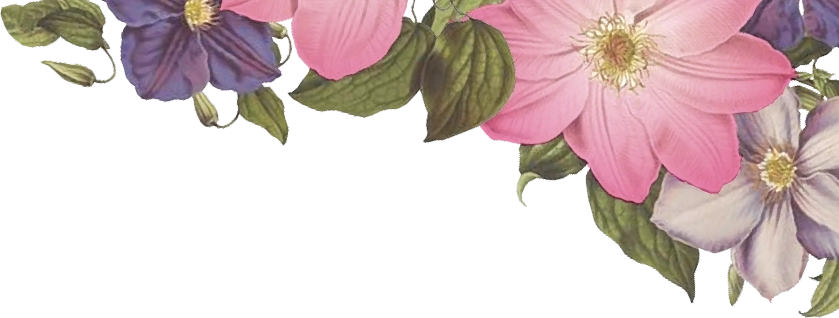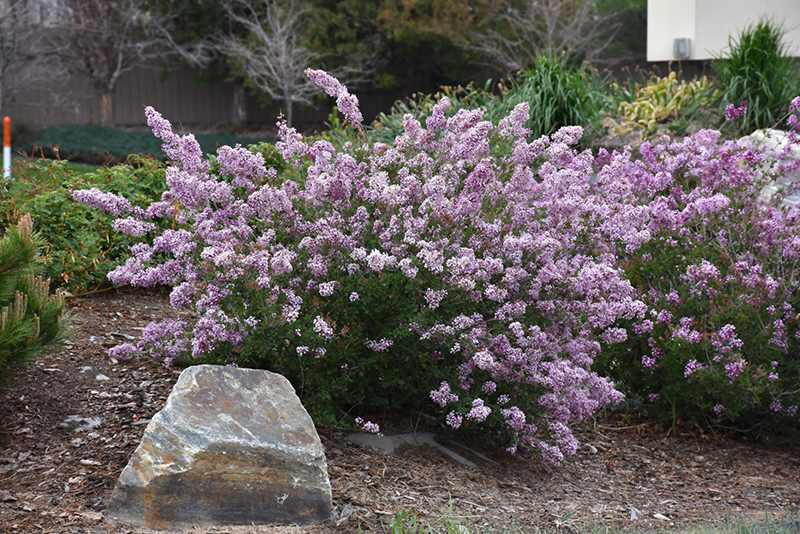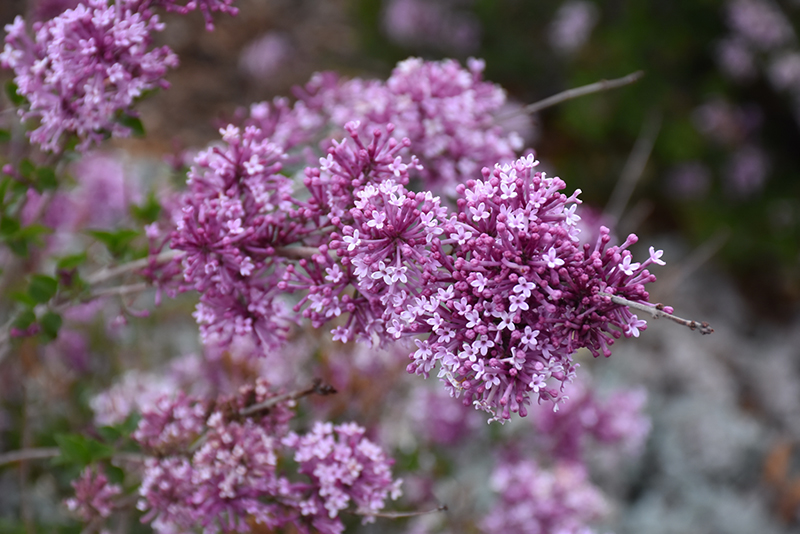WHAT WOULD YOU LIKE TO PLANT?
Height: 6 feet
Spread: 9 feet
Sunlight:
![]()
Hardiness Zone: 5
Description:
A popular flowering shrub, covered in showy upright panicles of fragrant lilac-pink flowers in late spring; broad spreading and mounded, forms a large shrub, very versatile, excellent as a flowering hedge; needs full sun and well-drained soil
Ornamental Features
Littleleaf Lilac is bathed in stunning panicles of fragrant lilac purple flowers at the ends of the branches in late spring. The flowers are excellent for cutting. It has green deciduous foliage. The small pointy leaves do not develop any appreciable fall colour.
Landscape Attributes
Littleleaf Lilac is a dense multi-stemmed deciduous shrub with a more or less rounded form. Its relatively fine texture sets it apart from other landscape plants with less refined foliage.
This is a relatively low maintenance shrub, and should only be pruned after flowering to avoid removing any of the current season's flowers. It is a good choice for attracting butterflies to your yard. It has no significant negative characteristics.
Littleleaf Lilac is recommended for the following landscape applications;
- Accent
- Mass Planting
- Hedges/Screening
- General Garden Use
Planting & Growing
Littleleaf Lilac will grow to be about 6 feet tall at maturity, with a spread of 9 feet. It tends to fill out right to the ground and therefore doesn't necessarily require facer plants in front, and is suitable for planting under power lines. It grows at a slow rate, and under ideal conditions can be expected to live for 40 years or more.
This shrub should only be grown in full sunlight. It is very adaptable to both dry and moist locations, and should do just fine under average home landscape conditions. It is not particular as to soil type or pH. It is highly tolerant of urban pollution and will even thrive in inner city environments. This species is not originally from North America.
This plant is not reliably hardy in our region, and certain restrictions may apply; contact the store for more information.




